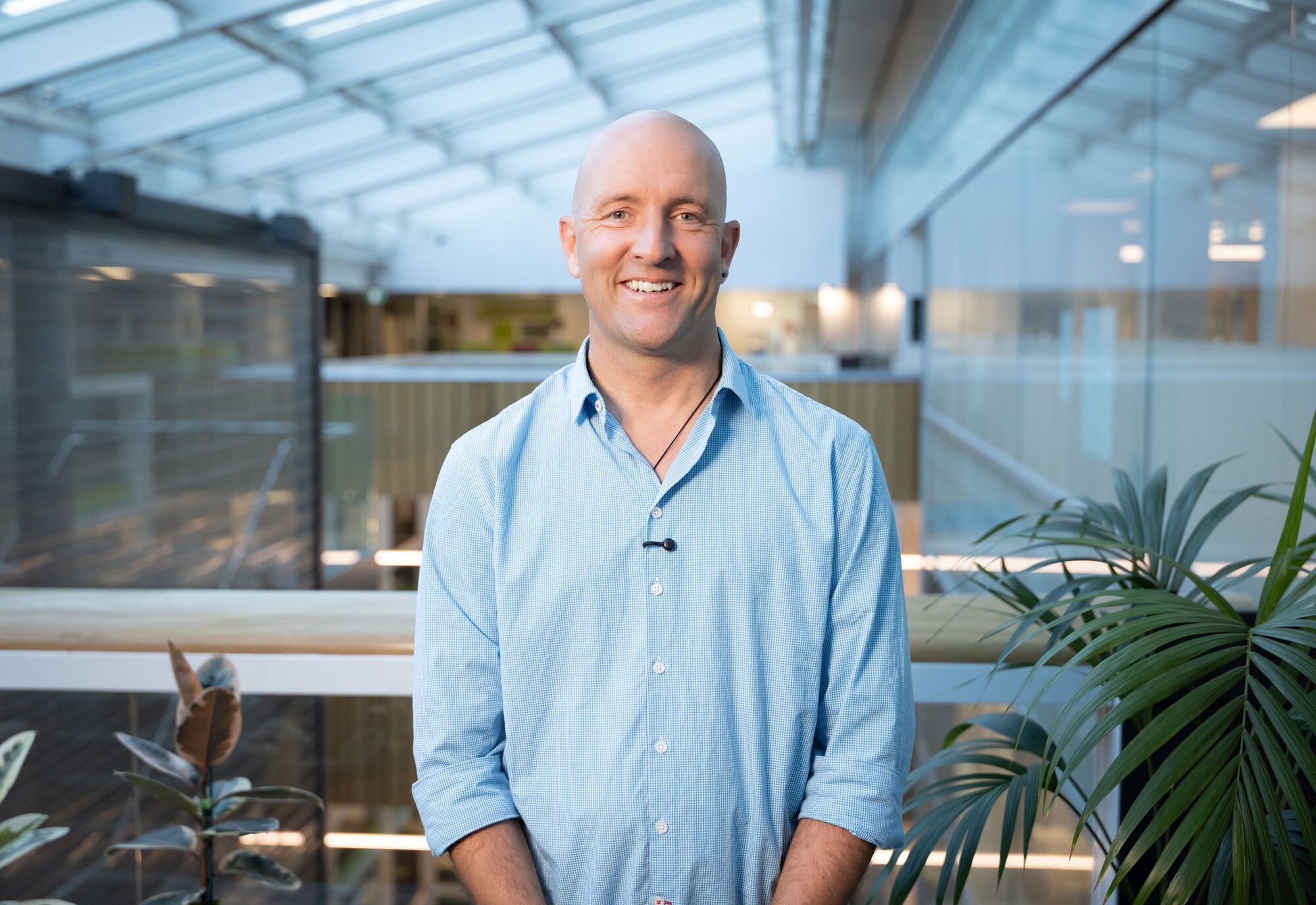Gym and fitness training has overtaken rugby union as the leading cause of sport and recreation injuries in Aotearoa, according to ACC data.
In 2024, more than 60,000 gym-related injuries cost over $63 million, with soft-tissue strains and sprains most common.
Experts urge Kiwis to train smarter and safer.
Auckland (28,513) had the highest number of gym-related injuries in 2024, ahead of Canterbury (6514), Wellington (5728) and Waikato (4930), according to a statement from the ACC.
There were 4180 gym-related injuries in the Bay of Plenty region in 2024, which was the highest number in the past six years. So far in 2025, up until July 27, the ACC has accepted 2361 gym-related injuries in the Bay of Plenty region.
ACC injury prevention leader James Whitaker said it’s great to see more New Zealanders prioritising their strength and fitness but encouraged people to have a plan.
“We want all people to be active and living healthy lifestyles.
“We also want people to take a moment to think of the risk of injury. ‘Have a hmmm’ before you get stuck into the gym.”
ACC data show that 96% of all gym injuries in 2024 were soft-tissue injuries, so people are suffering strains, sprains and pulls on their muscles.
The most common areas were people’s backs and shoulders.
There were also 751 people who suffered a fracture or dislocation in the gym in 2024.
Whitaker said it’s important for people to complete a dynamic warm up and know their limits.
“We also recommend that you ease into it: It can be tempting to jump right into intense training but going too hard, too soon might increase your risk of injury.
“It’s better to start off gradually and go at your own pace.”

ACC injury prevention leader James Whitaker. Photo / ACC
The age group most impacted by gym-related injuries in 2024 was the 30-35 age group with 8421 claims, ahead of the 25-29 age group with 8077 claims.
There is a peak in gym-related injuries at this time of year.
The 2024 data show that there is a spike in August, September and October, with October being the highest month for gym-related injuries last year.
The treatment for most gym-related injuries may involve seeing a doctor or a physiotherapist to treat the soft tissue injury.
For some people that might mean four to six weeks off training and time off work, and other injuries may be more serious.
“We know that injuries don’t just affect the person, they can impact their friends, whānau, workmates and teammates. It is always better to prevent injury happening in the first place.
“Take a moment to consider the risks of injury, so you can keep doing the things you love.”
ACC recommends five things people should do to prevent an injury in the gym:
Complete a dynamic warm-up.
Ease into it – going too hard, too soon can lead to injury.
Get advice from a registered personal trainer – you can find one near you on the website for Reps, the registration body for exercise professionals and facilities.
Be realistic and listen to your body. Go at your own pace.
Have recovery days and if you do get injured, take time to recover and don’t rush back into training.
